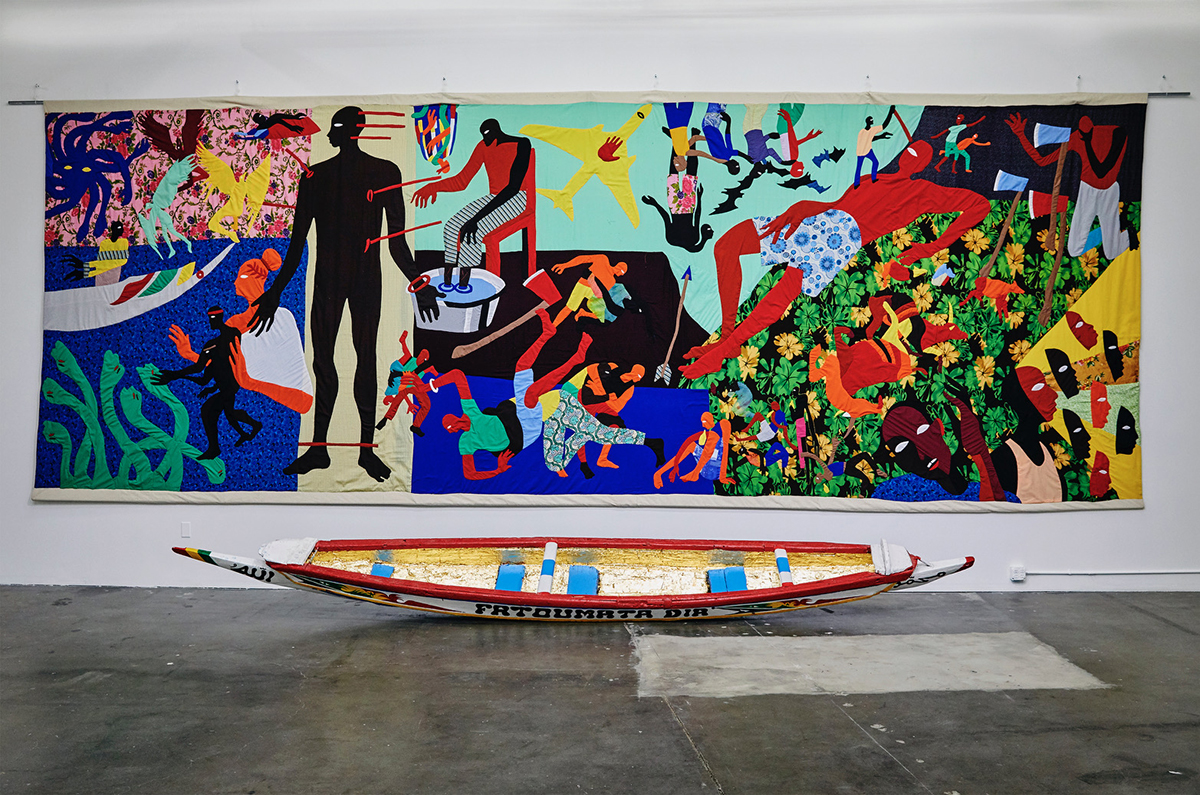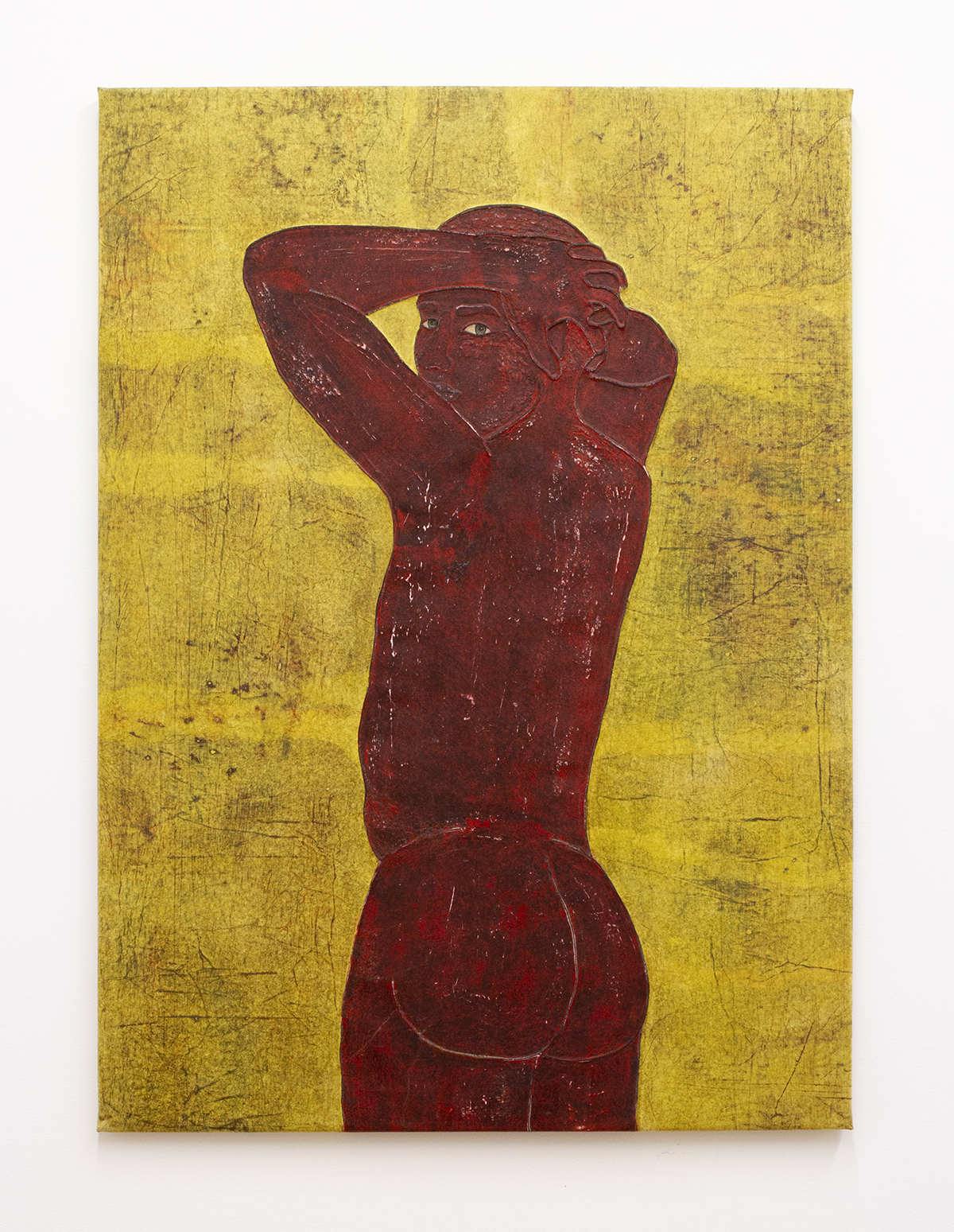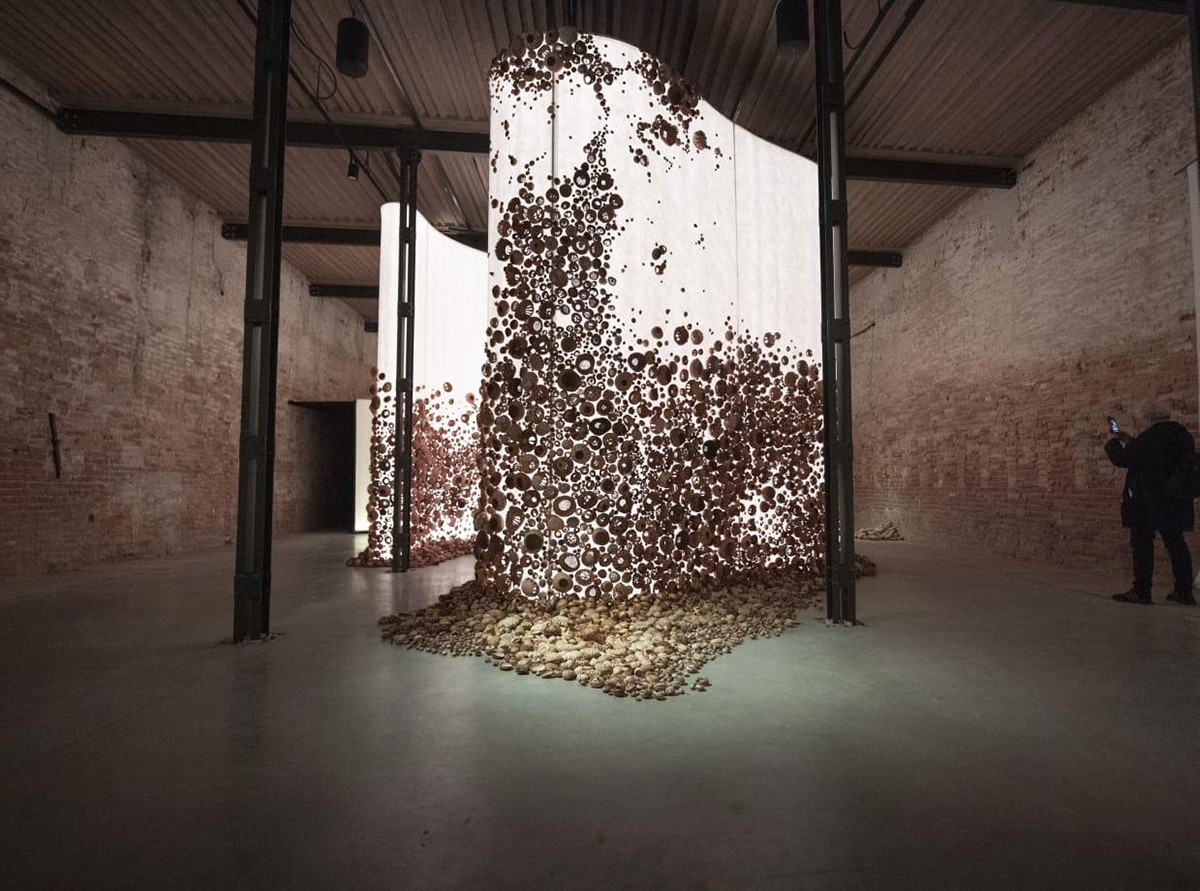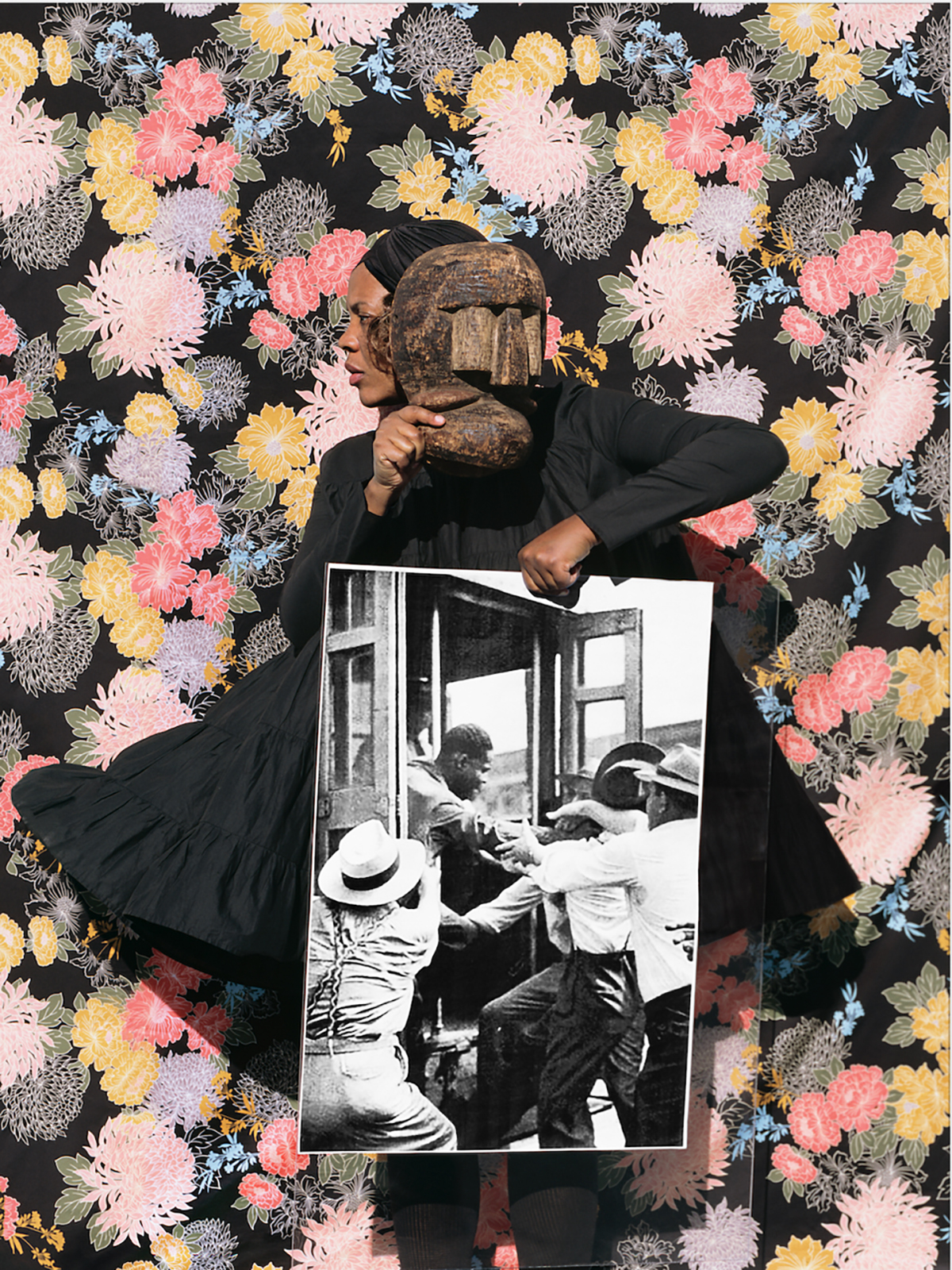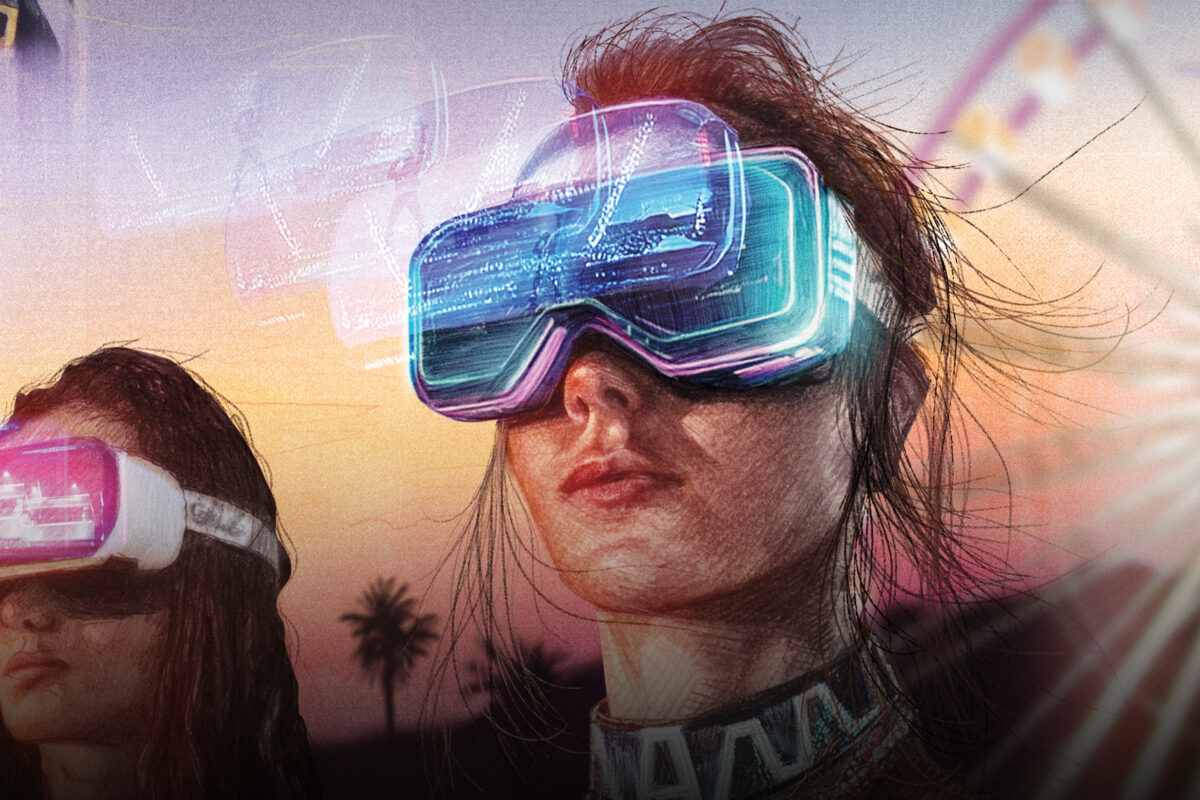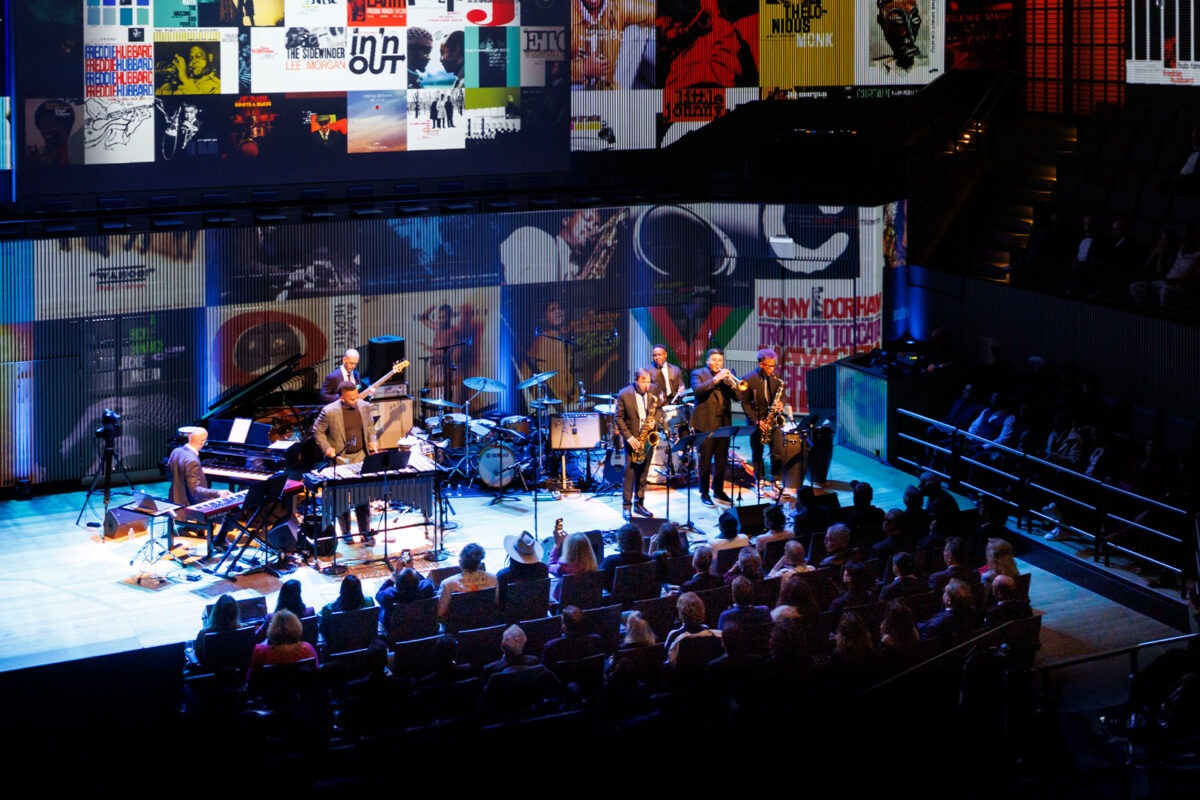A preview of the 13 works by international artists descending on the Coachella Valley this month, and how they are responding to the issues of the moment
Words by ELIZABETH VARNELL
“Working with artists has been really generative,” says César García-Alvarez, the Los Angeles-based co-curator of Desert X 2021, one of the first biennial art fairs slated to open since global pandemic lockdowns began. Also curated by artistic director Neville Wakefield, the outdoor show’s newly commissioned works by 13 artists from eight countries runs from March 12 to May 16 in the Coachella Valley. “Locality is very much at the forefront,” says García. “We’re responding to a moment, what it means to hold space with others, how to move to a time of regionalized exhibitions,” he adds, while also noting aerial films will accompany this third edition of the fair’s open-to-all show.
At Desert X, founded in 2017 by Susan Davis, newly commissioned projects explore the desertscape as a natural form, a border traversed by migration patterns, social justice narratives, questions of ownership, land rights, stewardship and resource allocation, plus racial and gendered demarcations. “Shows like these are curated by the place itself as much they are by curators,” says Wakefield, who also works on the biennial Elevation 1049 in Switzerland, and credits his interest in outdoor art to his own experience of arriving stateside (he grew up on the Isles of Scilly off England’s southwest coast) and discovering the American West through land art of the 1960s and ’70s. “There’s a three-way dialogue between the place, the curators and the artists. The quality of that conversation is what makes or breaks the show,” he adds.
From left: Co-curator CÉSAR GARCÍA-ALVAREZ. DESERT X founder and president SUSAN DAVIS. Artistic director NEVILLE WAKEFIELD.
For García, the Mexican-born founding director and chief curator of L.A.’s The Mistake Room, the desert is complex terrain. “Drive across the valley to the Salton Sea and you go from incredible wealth to disparity to inequity,” he says, adding, “you encounter class and racial issues, everything shaping national conversations, but on a microscale.” García’s family traversed the Coachella Valley coming to L.A. from Mexicali, and relatives currently reside in the east valley. “I find the rhetoric of the desert as a desolate place, meant for people to extract inspiration, to be incredibly problematic because there are people who live there. This barren landscape is tied to broader colonial history,” he notes.
“Locality is very much at the forefront. We’re responding to a moment, what it means to hold space with others, how to move to a time of regionalized exhibitions”
César García-Alvarez
“SERGE ATTUKWEI CLOTTEY: Routes,” installation view at The Mistake Room, Los Angeles, 2019. Courtesy of The Mistake Room.
The divergent paths of the two curators results in a vibrant mix of artists creating unique pieces for this year’s show including Accra-based Serge Attukwei Clottey’s The Wishing Well made of bright yellow plastic containers. Clottey’s reworked vessels are themselves repurposed in Ghana from cooking oil containers to water carriers — called Kufuor gallons — due to the lack of reliable access to the natural resource. Water supply is also part of a contentious and ongoing debate within the Coachella Valley.
New Mexico-based Judy Chicago is slated to livestream a smoke sculpture on April 9 (from 4:30 pm to 7 pm), called Living Smoke: A Tribute to the Living Desert, and is currently seeking a site for the work. The 81-year-old UCLA graduate has been producing ephemeral works of colored smoke since the 1960s — her own feminist take on land art that leaves no trace, eschewing the scarification or transformation of the earth. There’s also an AR app for phones. “She’s creating something on a monumental scale that softens the landscape,” Wakefield points out. “She’s the precursor to many of the tendencies that we’re seeing now, how one can rethink land art.”
An installation by artist CHRISTOPHER MYERS.
New York-based Christopher Myers’s equestrian sculptures with narrative banners, The Art of Taming Horses, tell the fictional tale of a pair of cowboy friends: one represents African-Americans who traveled south and the other Mexican-Americans who traveled north, both seeking better lives. Felipe Baeza’s mural Finding Home in My Own Flesh addresses the absence of queer voices and erasure of queer communities of color in the Valley.
I have eyes where they can best protect me, 2019, by Felipe Baeza. Courtesy of Maureen Paley, London/Hove.
“Shows like these are curated by the place itself as much they are by curators”
Neville Wakefield
After Illusion by ZAHRAH AL GHAMDI.
Also included in the show is a monumental sculpture, What Lies Behind the Walls, by Jedda-based Zahrah Alghamdi crafted from organic materials including earth, clay and rocks, and Xaviera Simmons’ Because You Know Ultimately We Will Band A Militia uses images and key phrases on a series of roadside billboards to confront white stereotypes. New works from Kim Stringfellow, Vivian Suter, Eduardo Sarabia, Oscar Murillo, Alicja Kwade, Ghada Amer and Nicolas Galanin round out the show.
Sundown (Number Twenty) by XAVIERA SIMMONS.
Detailed site maps are stocked at Desert X Hub at the Ace Hotel and Swim Club. Swiss watchmaker Richard Mille, this year’s fair sponsor, is producing films of the show for its global audience. Gucci is also on hand with The Pit Stop, a geodesic dome — placed along a 0.1-mile loop — celebrating its recent collaboration with outdoor recreation brand The North Face. Additionally, a pop-in shop at Palm Springs’ Super Number One x DX 21 is stocked with Windmill City Printing T-shirts.
“As much as the artwork is the highlight, the body of the show is the desert,” says Wakefield. “The spaces between, the passage from one installation to another, frames the encounter.” Wakefield observes that many of us experience the desert from a moving vehicle while traveling through. “It’s a cinematic view, through the windshield,” he says. And some of the pieces in this year’s fair can indeed be seen by car. “Others demand a commitment from the viewer,” Wakefield advises. “You have to walk, that’s the magic of it.”
García points out that each work has its own relationship to its location, and to the sunlight overhead. “I’ve seen some skies where I thought this has to be a special effect,” he says. “If you live here, if you can, go see these works multiple times in a day.”
Feature Image: Abandoned Trailer, Bombay Beach, CA, 2000, by KIM STRINGFELLOW.
March 2, 2021
Discover more CULTURE news.



